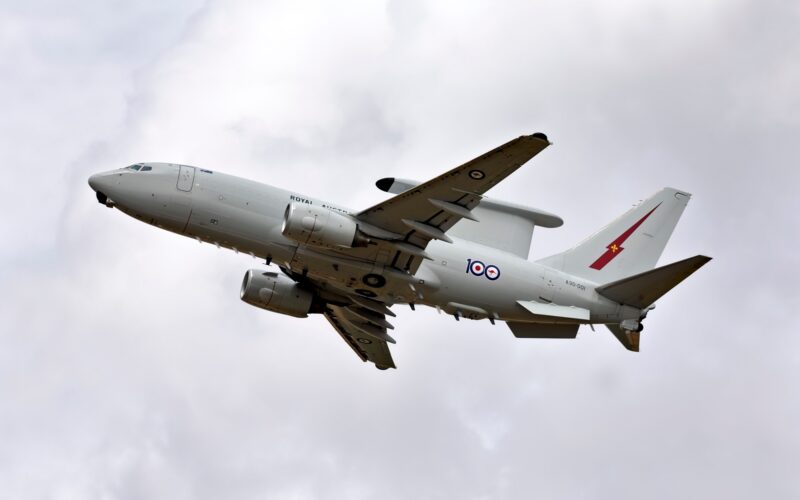The US Air Force has set out its plans to purchase 26 E-7 planes from Boeing with the first of the weapons systems expected to be in service in 2027.
The E-7 will replace the E-3 with Boeing confirming the company will produce two variants of the new US aircraft.
The US Air Force and Boeing have signed an initial contract for $1.2billion which will see an additional 24 E-7s in place by 2032.
According to Boeing the E-7 provides a “fully integrated, combat-proven, flexible command and control node that delivers multi-domain awareness in the most challenging operational environments.”
Other current E-7 operators include the Royal Australian Air Force, Republic of Korea Air Force, Turkish Air Force and the United Kingdom’s Royal Air Force.
“The E-7 is a proven platform,” said Stu Voboril, E-7 program vice president and general manager. “It is the only advanced aircraft that is capable of meeting the U.S. Air Force’s near-term Airborne Early Warning & Control requirement while enabling integration across the joint force.”
The US defense see the acquisition of the E-7s as a “critical step in delivering battlespace awareness and management capabilities to U.S. warfighters”.
The new fleet will become the “principal sensor” for “detecting, identifying, tracking, and reporting all airborne activity to Joint Force commanders”.
“We conducted a thorough analysis of viable industry options to ensure the selected E-3 replacement could meet the specific needs of the U.S. Until the E-7A is fielded, we will continue to rely on the E-3 Airborne early warning and control,” said Andrew Hunter, assistant secretary of the Air Force for Acquisition, Technology and Logistics
He added: “The rapid prototyping program will integrate U.S.-based mission systems into the existing airborne platform to meet Department of the Air Force requirements while simultaneously ensuring interoperability with coalition and allied partners already operating the E-7A.”

